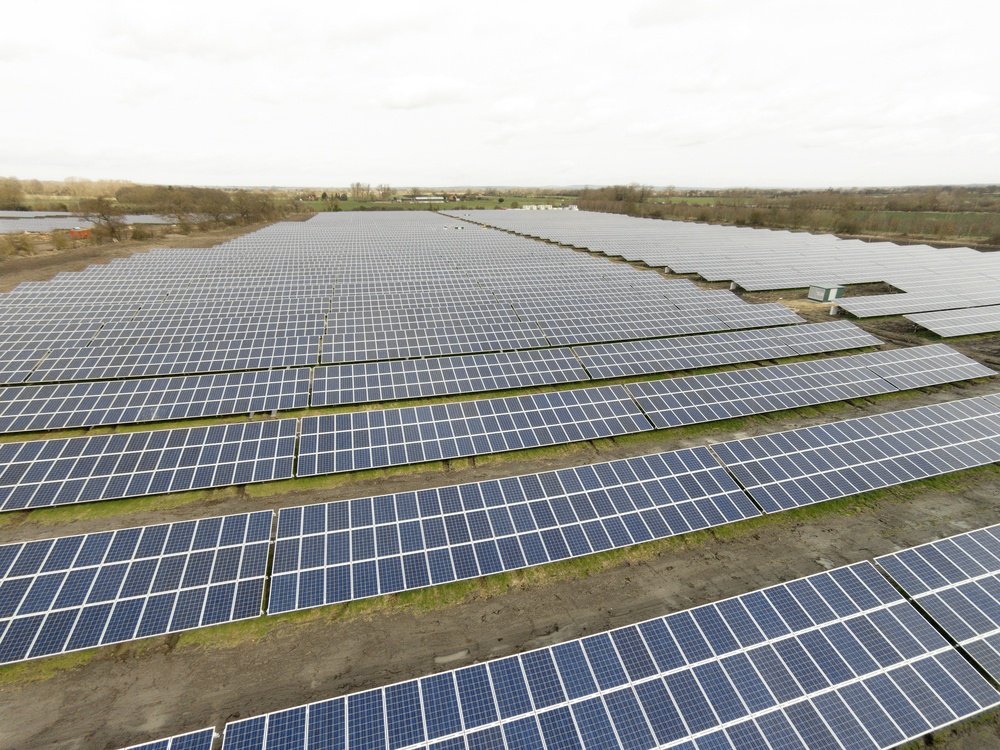Solar energy and energy storage are rapidly being adopted by homeowners and Fortune 100 utilities alike. The speed of this adoption is unheard of for any type of electric energy technology.
Solar energy and energy storage are rapidly being adopted by homeowners and Fortune 100 utilities alike. The speed of this adoption is unheard of for any type of electric energy technology. Together, solar and storage offer a carbon neutral path to greater electrification throughout the economy — think electric vehicles and advanced manufacturing.
The results are impressive. More than 50,000 megawatts of generating capacity are now in place in the U.S. Over the past decade, solar installations have grown by nearly 60 percent a year on average. And in the past five years alone, prices have fallen by more than 50 percent.

Storage is reaping the benefits of growing electric vehicle demand through increased investment in storage technologies. What’s more, in early 2018 federal energy regulators cleared the way for even more storage on the grid.
These changes are also reflected in the programming offered by national solar industry leaders the Solar Energy Industries Association (SEIA), and the Smart Electric Power Alliance (SEPA), who host North America’s largest solar and storage event, Solar Power International (SPI) and Energy Storage International (ESI). The events help attendees see future trends about the energy industry on a whole. As we see more integration, new opportunities are presented, such as the recently added live microgrid, which allows delegates to see firsthand how solar and energy storage improves grid reliability and resiliency.
In addition to technological advancements in the industry, experts say primary drivers behind the rise in solar and storage are tax and policy initiatives at the federal and state levels. These policies, including the Treasury Department’s Investment Tax Credit and the Energy Department’s landmark SunShot program, help lower solar energy’s cost.
A defining event for energy storage was California’s response to a 2015 accident at a natural gas storage site. A massive, uncontrolled leak threatened gas supplies to power plants, schools and businesses in Southern California.
Read more: Spectrum IEEE


